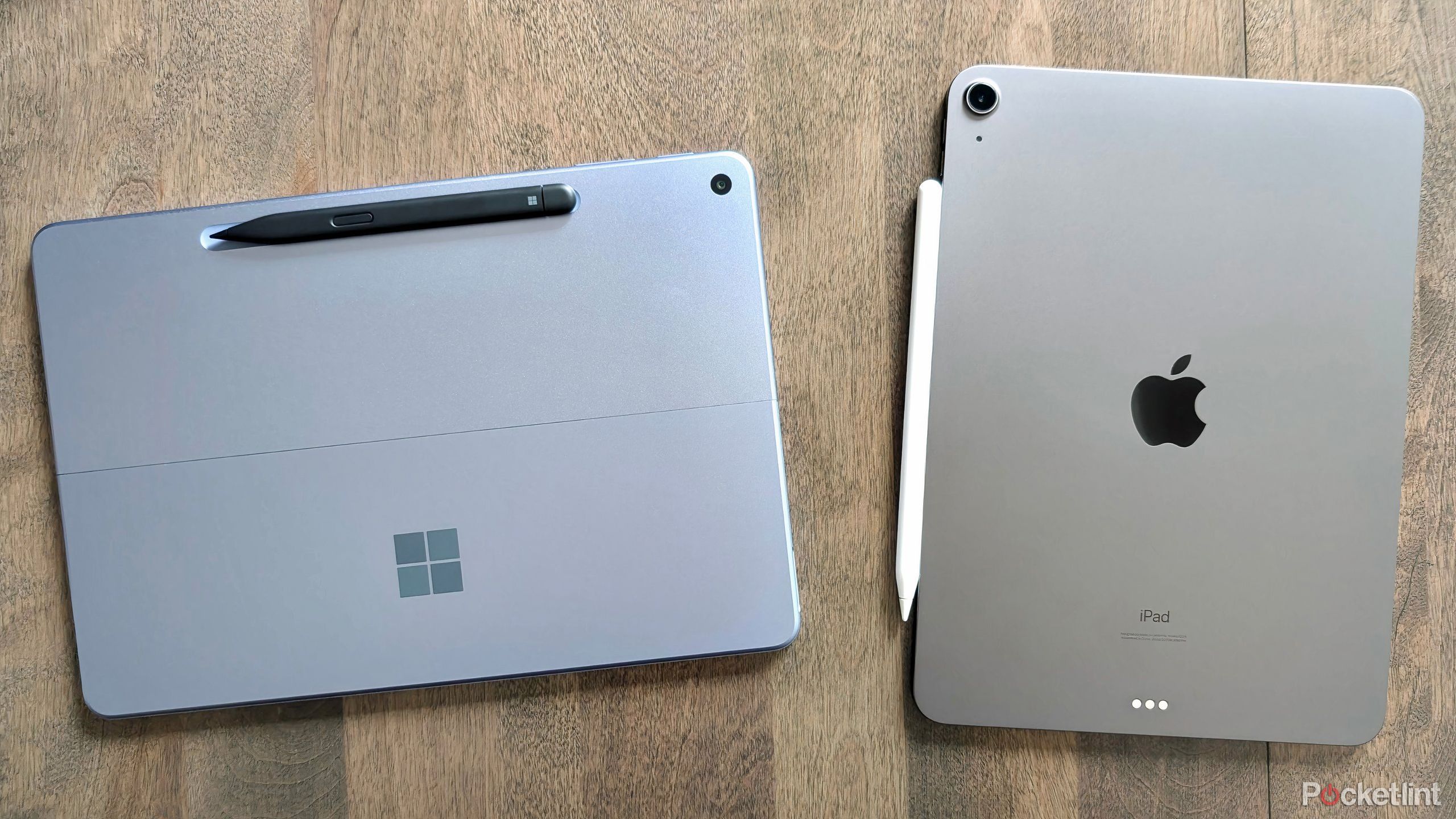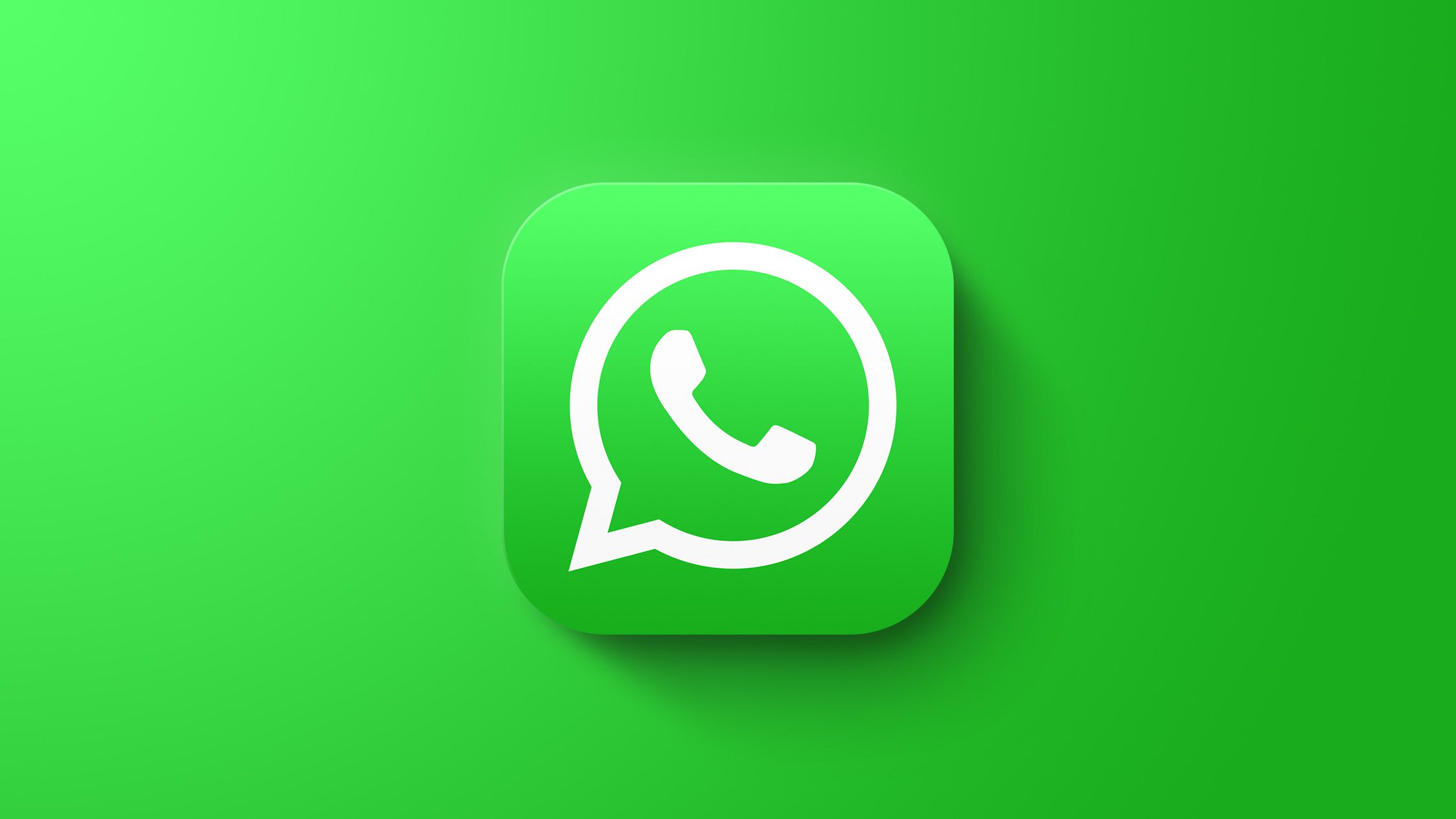Summary
- Superficially, 5G might seem like an excellent option to have on an tablet or laptop, giving you the freedom to go online whenever and wherever you want to.
- Realistically, however, most of us never stray far from Wi-Fi hotspots, or at least our phones, which can provide unlimited tethering data if a carrier isn’t being stingy.
- Hardware makers tend to charge a premium for 5G capabilities, and carriers love to tack on extra plan fees for any device that isn’t a smartphone. Paying up is rarely justifiable.
One of the small ways Apple made a splash with the first iPad was by giving buyers a “Wi-Fi + 3G” option. These days, the idea of trying to do anything meaningful with 3G might be laughable — but at the time, it helped sell the idea of the iPad as a revolutionary, go-anywhere, do-anything device. If you were willing to pay extra, you could read a digital magazine on the subway while leaving your phone at home or in your pocket. Steve Jobs was really passionate about the idea of digital newspapers and magazines, presumably because of the money the iBookstore (now Apple Books) was poised to bring in.
Over the years, a number of other tablets and laptops have adopted 4G or 5G cellular as options, some recent examples being Microsoft’s Surface Pro 13 and Samsung’s Galaxy Tab A9. But does widespread availability mean that cellular is a must-have feature, or even a useful one? My answer is a strong “no” to the first point, and “rarely” to the second. I’ll explain why in-depth.
Why a 5G tablet or laptop isn’t worth it (most of the time)
Don’t fall for the upsell
On the surface, Apple’s pitch still has a lot of appeal. No one likes being limited to Wi-Fi on a device you should nominally be able to take anywhere. There isn’t always a convenient hotspot nearby, and yet so much of the modern tech landscape is reliant on the internet, from web browsing and music streaming to generative AI. Even some smartwatches have cellular upgrade options, giving you the ability to stream and text when you’re out on a run or hike.
A smartwatch is very different from a tablet or laptop, however. If you examine your real-world routine, I’ll bet you’ll find that you’re almost never contemplating using a tablet or laptop somewhere without Wi-Fi. Those devices are best used stationary, and if you’re going to be somewhere for a while, it’s probably an indoor location with amenities. Hypothetically, 5G would let me do some of my writing work from a park bench — but the heat, insects, and other distractions would get in the way, along with my inability to use a mouse or a full-sized keyboard. I am not a trackpad man.
If you examine your real-world routine, I’ll bet you’ll find that you’re almost never contemplating using a tablet or laptop somewhere without Wi-Fi.
More importantly, in the odd event that you do need to use a tablet or laptop somewhere remote, you probably have your smartphone available for tethering. There was a time when carriers were pretty Draconian about tethering caps, in which case a separate cellular connection made some sense. Lately, however, they seem to have abandoned the idea, presumably because many plans are unlimited, and a 5G phone can burn through data as fast as anything else. To get the most value out of a 5G tablet or laptop, you have to leave behind the one device you’d normally carry everywhere.
All of this might be academic if it weren’t for the fact that cellular commands a price premium. Apple, for instance, charges $150 to $200 extra for the option on iPads, and a 5G-capable Surface Pro is at least $500 more expensive than the base model. Moreover, the odds are that your carrier charges an extra fee for tablets, laptops, and wearables instead of including them under your base plan, as they should. The result is that you can end up paying hundreds or thousands of dollars more over the years, and that almost certainly isn’t worth it unless you can expense it to a corporate account. The wise move is to stick to Wi-Fi-only devices unless you have a concrete use case.
So when does it make sense to buy a 5G model?
The niche scenarios
The best excuse, I think, is if your job or business depends on constant connectivity. Routers fail, internet providers have outages, and various other circumstances can force you out of your home or office. It’s nice to have built-in cellular as a backup, even if you’re able to rely on Wi-Fi or tethering most of the time. Something could put your phone out of commission, after all.
Beyond that, reasons diminish pretty quickly. Some businesses provide tablets and laptops to their staff, like field technicians and safety inspectors, and it’s far more convenient (and fair) for those people to have internet access from the jump instead of making them tether every time. In some situations, employers might consider tethered personal connections an unnecessary security risk.
For most of us, there are far better upgrade choices, such as a case, a mouse, a stylus, or extra storage.
There is one personal use I might approve of buying a 5G tablet for: mapping and navigation. It’s easier to see where you’re going on a tablet-sized map, and you may not want to be dependent on having another device with you. Cellular tablets also enable offline navigation, since their GPS radios should work with or without a data plan. When I visited Germany in 2012, I used an iPad to get around Berlin and Munich instead of my phone — otherwise, I would’ve absolutely destroyed the limited data and battery life on my Google Nexus. Battery capacity and international data plans are far more generous now than they were back then.
If you’re rolling in cash, or if someone else is paying the bill, you might as well get a cellular model just to have 5G as an option. For the rest of us, however, there are far better upgrade choices, such as a case, a mouse, a stylus, or extra storage. In fact, I doubt that’s going to change until cellular modems are de facto alongside Wi-Fi radios, and carriers stop pretending that it costs them that much extra to let your tablet stream YouTube instead of your phone. A quick newsflash for them: if I’m watching videos on a tablet, my phone probably isn’t going to be doing much more than fetching emails and text messages.











